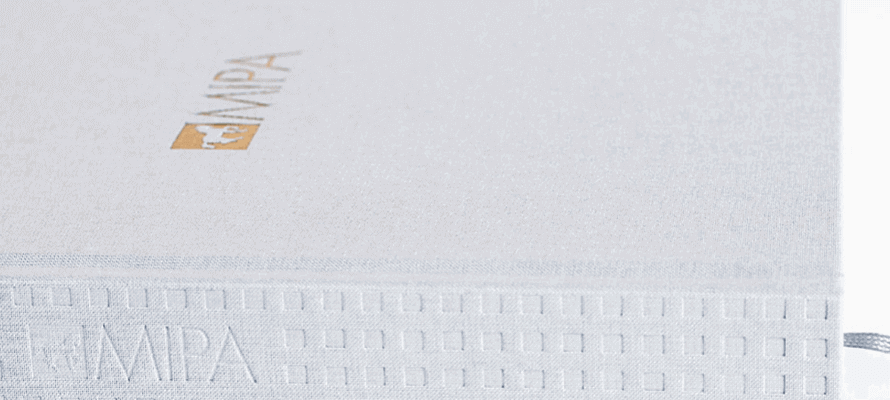Enhancements make the difference on the market
Enhancing: what it is and what it is used for, definition and techniques
What does it mean to enhance printed materials, and what is the process for obtaining valuable products that stand out for their beauty and elegance?
Print finishing is a key to understanding the needs of the modern consumer. In short, it enables those who introduce it into their packaging to differentiate themselves from the rest of the market and open up new consumer niches. The packaging enhancement sector is growing steadily, and there are several factors behind this trend. These include research findings that show that 80% of today's purchases are made on impulse. Every communication activity needs to strike at the emotional and personal sphere of the user. Hitting the emotional and personal sphere means activating the senses of the recipient of our message. Enhancing can turn a simple package into a sensory stimulator, thanks to its extraordinary ability to convey different experiences - sight, touch, hearing, taste and smell - and thus increase the brand's impact by more than 70% (Millward Brown, Brand Sense research). Simultaneous stimulation of multiple senses promotes the storage and retrieval of more information, thus increasing brand communication's effectiveness. Enormous advances in materials, inks, traditional and digital printing solutions make various enhancement formulas possible, each of which can best suit different target markets. (Source: Package Printing White Paper 2017 by ACIMGA - ARGI).
But how do you enhance printed matter? Printing technologies have reached a level where it is possible to print faster and faster without sacrificing quality. The range of substrates is growing, and inks are constantly being improved. However, what comes out of the printer is not the finished product: after printing, there is finishing, and this is where the wide and varied world of enhancement comes in. Varnishing, die-cutting, hot and cold embossing, metallic lamination and scented effects are just some of the possibilities that exist today.
Each enhancement option offers a wide range of choices. In the world of coatings alone, for example, we now have a choice of different types involving different printing techniques for different results: gloss or matt acrylic coatings, rough, thickened, dreep-off, iridescent/pearlescent, perfumed, glitter, scratch-and-win coatings, thermocolour, glow-in-the-dark, UV coatings of different types: lithographic, flexographic and screen printing. UV low-migration coatings for the food market and anti-counterfeiting coatings obtained by screen-printing with wood inks are also worth mentioning.
In addition, laminations can now be glossy or matt, soft-touch, scratch-resistant, metallised, holographic, solventless, dry or water-based; die-cutting can be mechanical or laser cut; embossing can be embossed or debossed, hot or cold... In short, the technical possibilities and combinations of techniques and materials are potentially infinite, and the only limit to giving your prints a whole new sheen, whether they are destined to be seen by a million people or ten, is your creativity.










